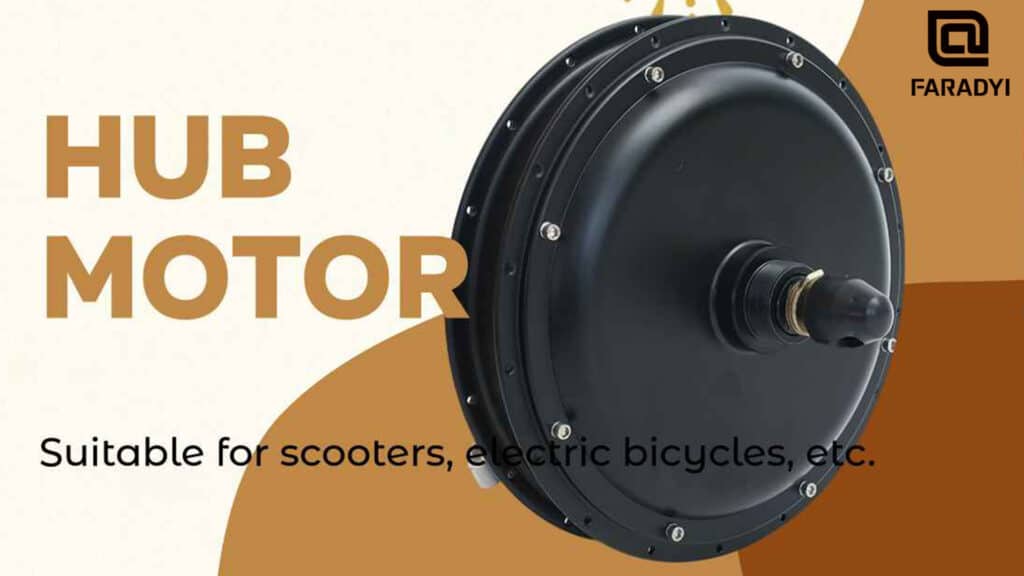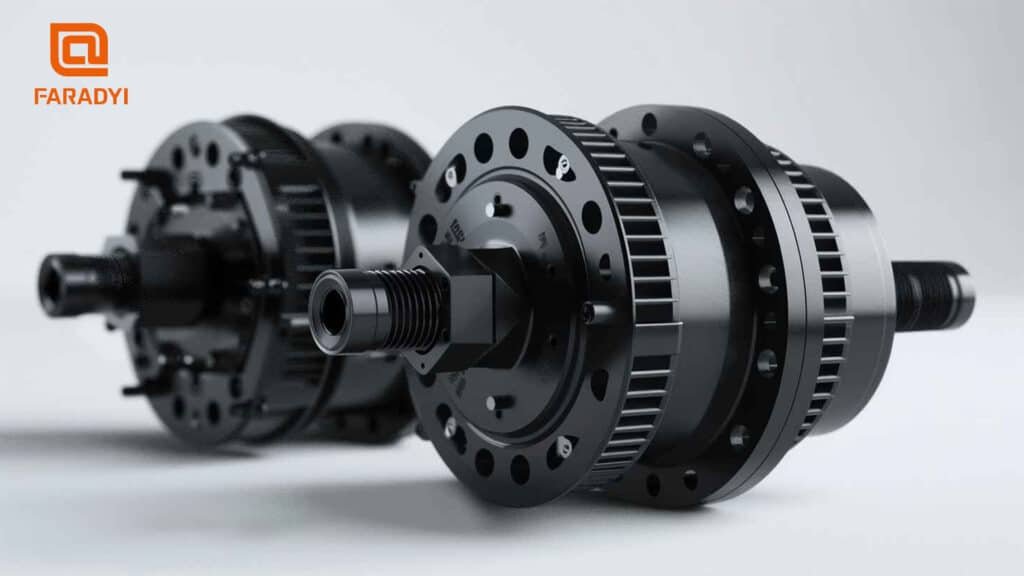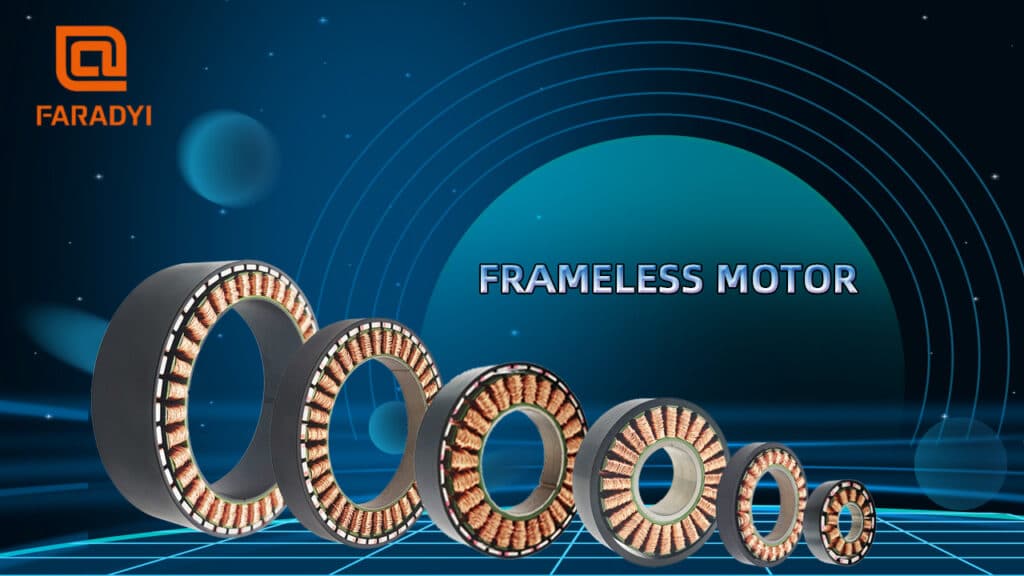According to Lenz’s law, when a brushless DC motor rotates, its winding will generate a reverse voltage opposite to the voltage across the winding, namely, back EMF. Remember, back EMF is opposite to the voltage applied to the winding.
The main factors determining back EMF are as follows:
- (1) The angular velocity of the rotor;
- (2) The magnetic field strength of the rotor permanent magnet;
- (3) The number of coils wound in each stator winding.
The formula for calculating back EMF: Back EMF = (E) ∝ NlBw
Where:
- N- is the number of coils in each phase winding
- L- the length of the rotor
- B- is the magnetic flux density of the rotor
- W- is the angular velocity of the rotor
Once the brushless DC motor is completed, the number of coils in its winding and the magnetic flux density of the permanent magnet will be determined. According to the formula, the only quantity that determines the back EMF is the angular velocity of the rotor (which can also be converted into linear velocity), which is proportional to the back EMF. Manufacturers usually provide the back EMF constant of the motor, through which we can estimate the magnitude of the back EMF at a certain speed.
The voltage on the winding is equal to the power supply voltage minus the back EMF. When designing the motor, the manufacturer will select a suitable back EMF constant so that the motor has enough voltage difference to reach the rated speed and has enough torque when working. When the brushless DC motor works beyond the rated speed, the back EMF will continue to rise, and then the effective voltage applied between the motor windings will decrease, the current will decrease, and the torque will decrease. When the back EMF and the power supply voltage are equal, the current will drop to 0, the torque will be 0, and the motor will reach the limit speed.






